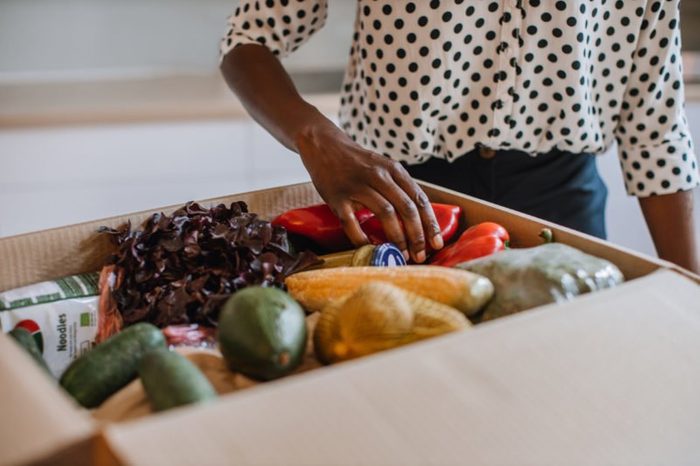
Produce mistakes to avoid
Fresh fruits and vegetables are some of the most nutrient-rich foods you can buy, but sometimes it seems like they can spoil way too quickly or go bad before you know it. But it doesn’t have to be that way. Storing produce properly can make it last a lot longer, and cooking it or consuming it in certain ways can maximize the health benefits.
“Fresh fruits and vegetables are some of your most powerful tools for health and wellness and it’s worth it to learn how to buy and cook them,” says Shari Portnoy, RD with the American Council of Science and Health practicing in New York City.
Ever wonder if it’s possible to make better use of “scraps” like stems, leaves, and peels? The answer is yes. “There are so many myths about food and that leads to a lot of common mistakes when shopping for groceries, including produce,” says Bonnie Taub-Dix, RDN in Woodmere, New York, and author of Read It Before You Eat It.
Read on to learn how to get the most out of your produce.
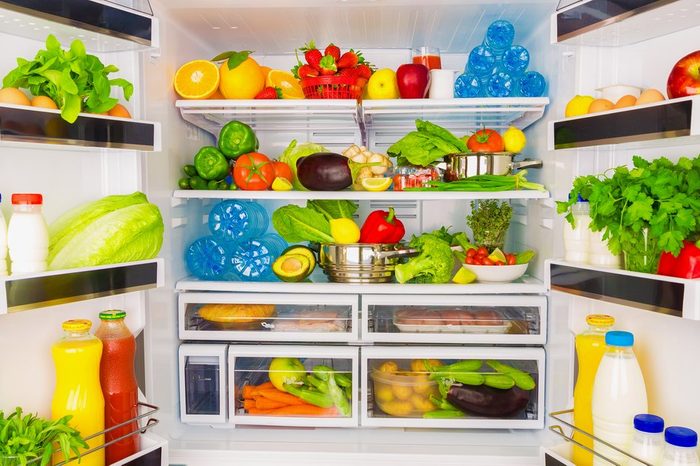
Refrigerating all produce
Though it’s tempting to dump everything in the fridge, some produce belongs on the countertop. Refrigeration can compromise the texture and flavour of certain fruits and vegetables, Taub-Dix says. Tomatoes, for instance, don’t get a chance to ripen properly at low temperatures and can get mealy; melons can lose antioxidants and other nutrients in the fridge; and onions can get mushy and even develop mold when refrigerated.
(Here are the healthiest vegetables you can buy at the farmers’ market.)
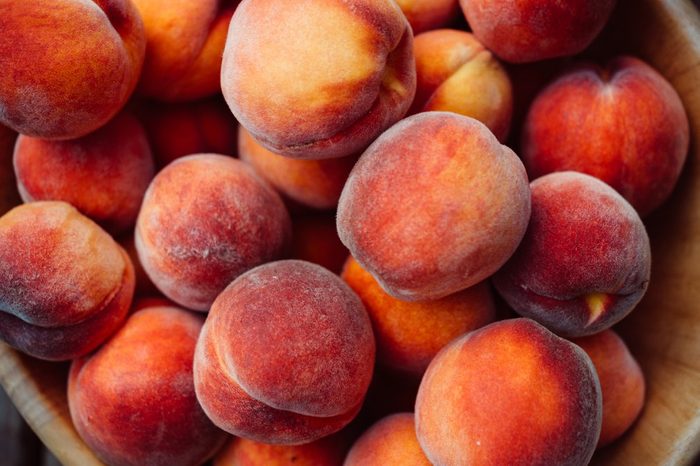
Always buying fruit underripe
Despite the common misconception, not all fruits continue to ripen once you get them home, Portnoy says. Though it’s true that bananas, figs, and peaches come into their own a few days after harvest, strawberries, raspberries, and pineapples do not. The ones that continue to ripen are called climacteric; they continue to emit ethylene gas which helps the fruit to reach maturity and taste better, according to Food & Nutrition Magazine, published by the Academy of Nutrition and Dietetics. The non-ripeners are non-climacteric, meaning they just age without maturing and don’t taste better after sitting on your counter. Reference this handy chart from The Produce Nerd to see which produce to pick ripe and which to pick a bit prematurely.
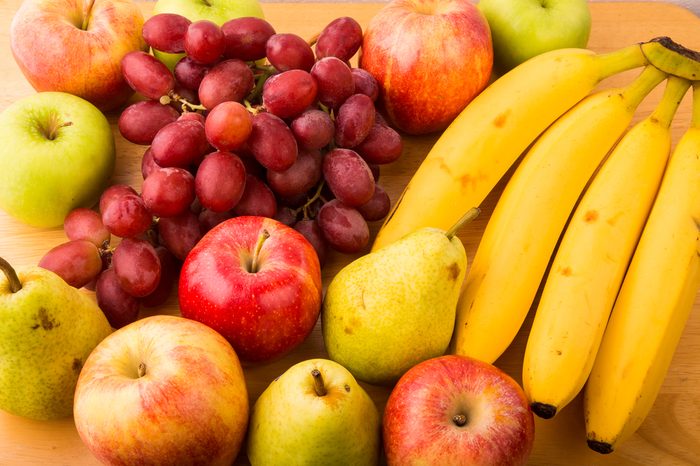
Storing fruit in the same bowl
It may look pretty to arrange your apples, bananas, and grapes together, but a mixed fruit bowl will spoil faster, Portnoy says. Some fruits (the climacterics) can actually cause others in close proximity to spoil faster, thanks to their ethylene. The fruits to keep in isolation include apples, bananas, kiwis, mangoes, and peaches.
(Here are the in-season fruits to enjoy this summer.)
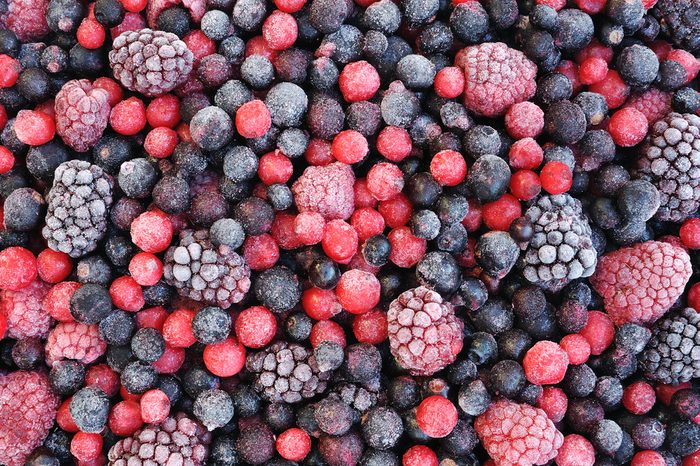
Ignoring frozen produce
Believe it or not, frozen produce has the same nutritional value as fresh produce. Some frozen vegetables and fruits can actually be more nutritious than their fresh counterparts. “Frozen produce is a means of extending the harvest, as it’s frozen within hours of being picked and therefore will retain its nutritional content,” says Melissa Owens, RDN at NYC Health + Hospitals in New York City. “Frozen vegetables can be a great alternative to fresh produce, especially if it’s out of season and travelled a long way to get to your store.”
(Related: Make sure you avoid these frozen foods at all costs.)
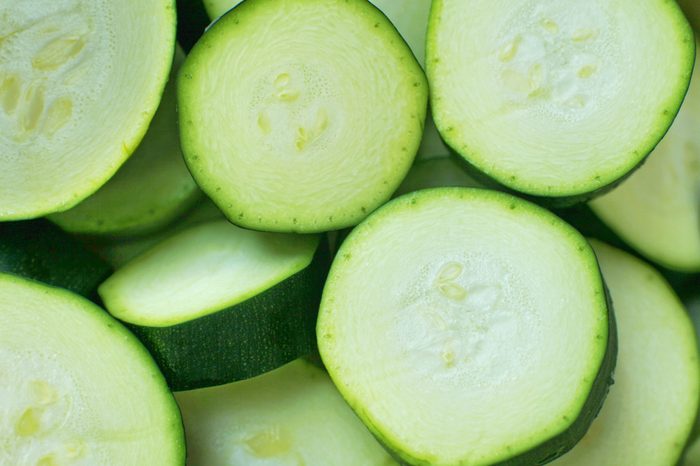
Always peeling veggies
Push that potato peeler to the back of the drawer, because fruit and vegetable skins and peels are packed with nutrients—often much more than the flesh alone, Taub-dix says. For instance, zucchini skin is rich in antioxidants; the peel (and seeds) are where a cucumber hides the majority of its nutrients. A potato’s potassium and folate are concentrated in the skin, and cooking potatoes with the skin on seems to retain their vitamin C.
(Keep in mind, these are the fruits and vegetables you should always peel.)
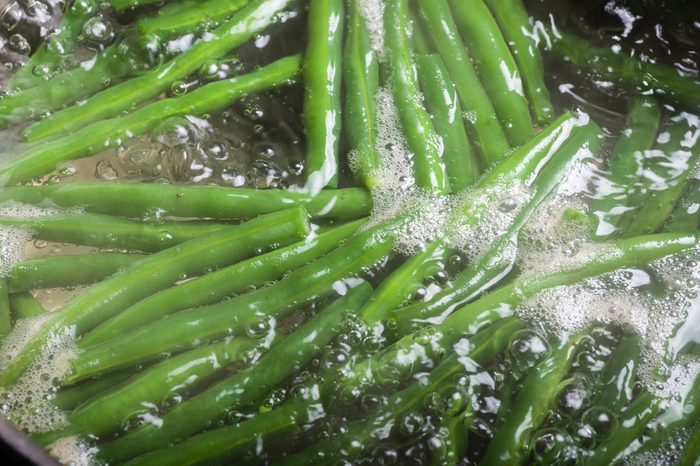
Boiling vegetables
“Vegetables with water-soluble vitamins are susceptible to nutrient losses when boiled,” says Owens, “as the vitamins can leach into cooking water.” That’s especially true for vitamin C, she explains. Owens suggests keeping cooking times as short as possible and trying to reuse the cooking water in a stock or soup or to make pasta or rice. Cooking methods like steaming and baking, which don’t require as much water, are more likely to keep more of the nutrients intact.
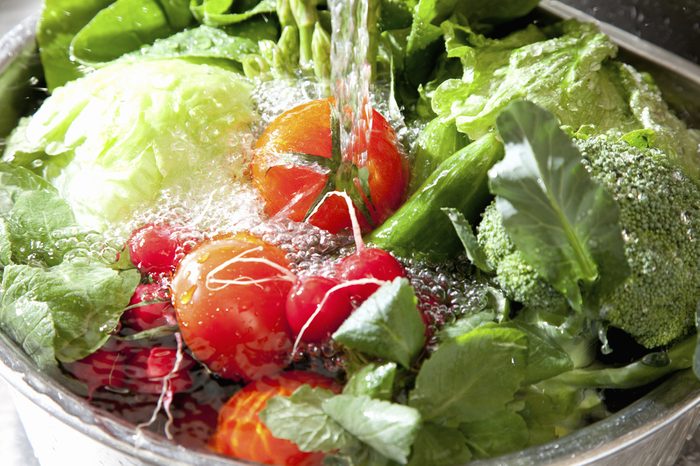
Cutting before washing
Considering pesticides and other chemicals that may be on produce—not to mention the dirt it grows from and the grime it accumulates en route to the market—it should be a no-brainer to wash fruits and veggies before cutting them, Portnoy says. But this even applies to items with thick outer layers, like melons. Bacteria from a cantaloupe or honeydew rind can easily get picked up by your knife and transferred to the juicy flesh inside.
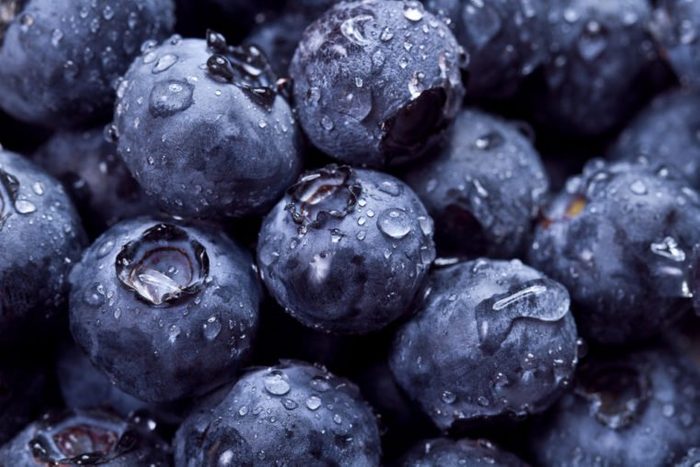
Storing washed fruit
“A good rule of thumb is to not wash any of your produce until you’re ready to eat it,” says Owens. Yes, fresh fruits and vegetables are probably carrying germs galore, but fruits should be stored in the fridge or on the countertop unwashed because excess moisture can encourage bacteria growth and decay ahead of its time—and this is especially true when it comes to berries. What’s worse than finding mold on those berries you purchased two days ago?
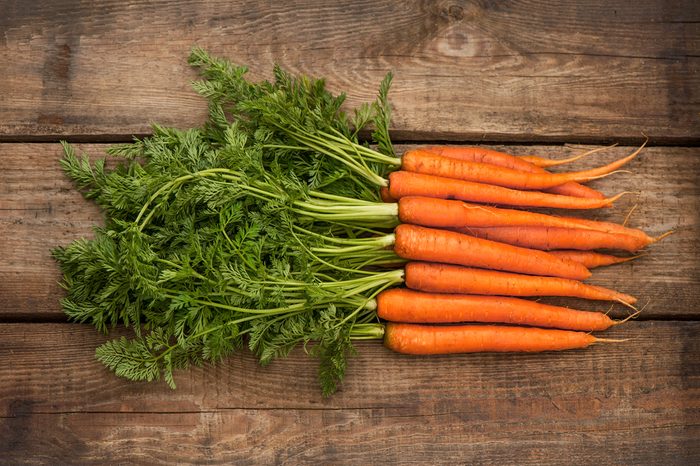
Discarding stems, leaves, and other “scraps”
That head full of leaves on your bunch of carrots is a goldmine of nutrition—so don’t toss or even compost it, Taub-Dix says. Carrot tops have six times more vitamin C than the actual carrot, beet greens are packed with fibre and vitamins, celery leaves are a prime source of magnesium and calcium, and broccoli stems and leaves are just as nutritious as florets. Use these “throwaways” to make soup stock and smoothies—or they can be sauteed and seasoned, then enjoyed on their own.
(Related: Beet greens aren’t only good for you, but also taste incredible when properly cooked.)
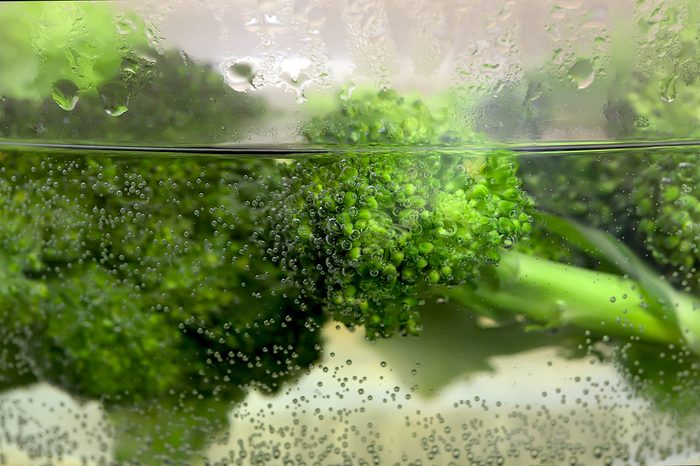
Freezing raw veggies
Before vegetables make it into the frozen food aisle, they’re actually blanched—meaning they’re scalded in boiling water or steamed for a few minutes, then submerged in ice water to halt the cooking process in its tracks, Owens says. If you want to prolong the life of your fresh vegetables by freezing them, it’s recommended that you blanch them first, she says.
(Here’s more on how to freeze fresh foods to prevent waste.)
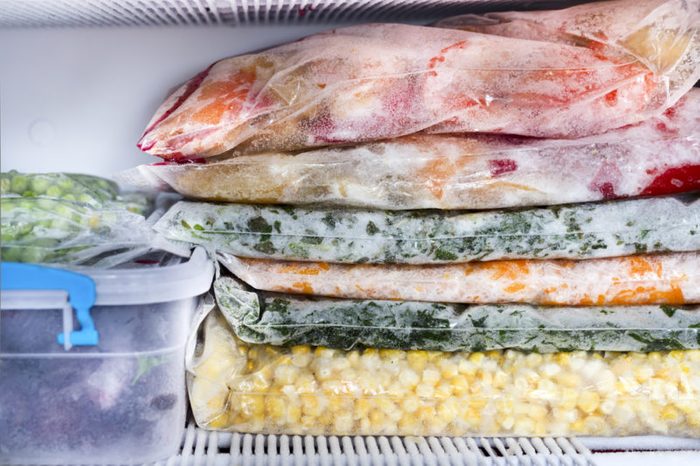
Storing vegetables in plastic bags
Although plastic bags are ubiquitous in the produce aisle, they’re actually the worst way to store your fruits and veggies, Portnoy says. All produce needs room to breathe, so those little plastic bags are tantamount to suffocation. Instead, opt for reusable produce bags; at the very least, free your produce from plastic when you bring it home.
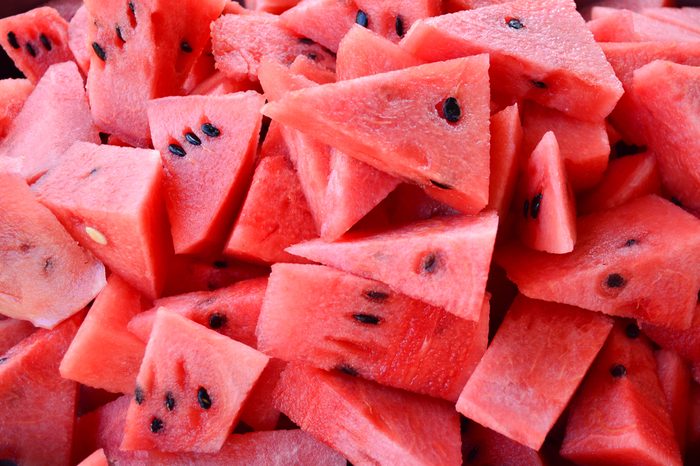
Buying produce out of season—or from out of town
“Produce that is grown out of season in regions not local to your area require longer transportation times that can take up to a week or more to arrive at your local grocery store,” says Owens. She explains that extended travel times can result in greater nutrient losses, not to mention the negative impact the transportation has on the environment and your wallet.
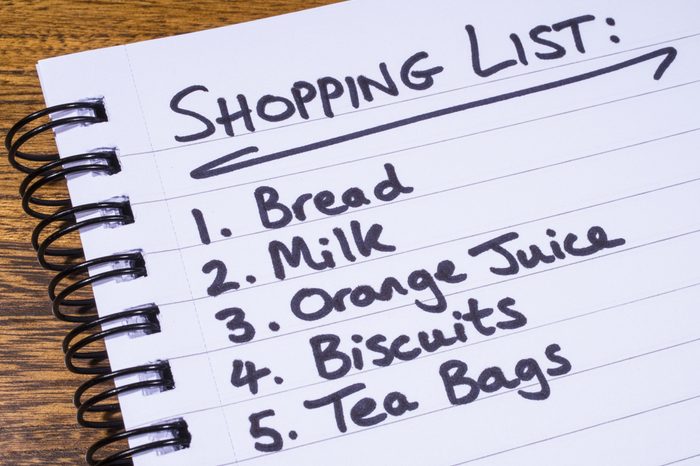
Skipping a shopping list
Those juicy red peppers, enticing avocados, and layers of luscious leafy greens may all be calling your name, but be honest—will you be able to eat them before they spoil? “Food waste is a huge issue, with up to 45 percent of fruits and vegetables going to waste in the U.S.,” says Owens. “A lot of the time people have good intentions to eat the produce they buy, but things come up and food gets thrown out.” So only buy what you need—and if you buy extra, blanch it and freeze it.
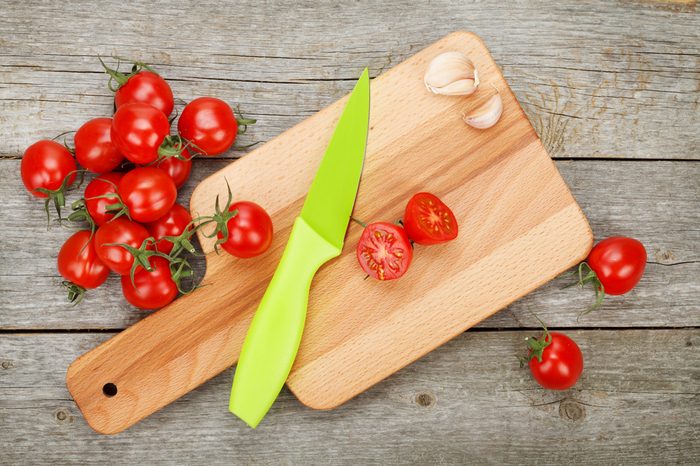
Chopping before storing
Cutting up produce too far ahead of time is a no-no, says Owens. ” The longer the chopped produce is exposed to light and air, the more susceptible it is to nutrient losses.” Plus, here are some food storage tips to follow.
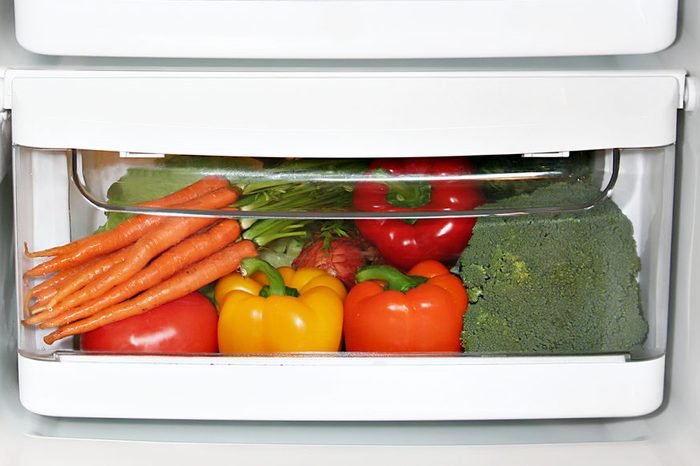
Misusing your crisper drawer
Owens advises against cramming all your produce in the fridge. But when you do put it in there, be sure to use the crisper drawer. This drawer can control humidity and temperature, creating an optimal environment for prolonging the life of certain foods. Close the vents and the humidity goes up, which is ideal for leafy greens, asparagus, berries, broccoli, and beans. Low humidity (open vents) is optimal for ethylene-producing produce like avocados, tree fruits (apples, peaches, plums, etc.), and melons.
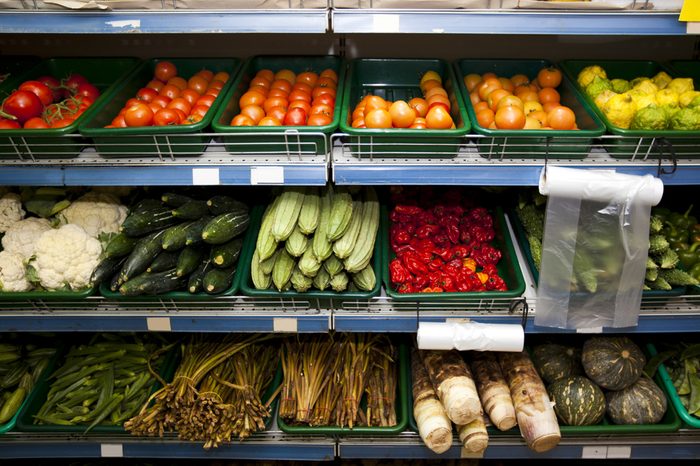
Buying all your produce at the grocery store
Many fruits and veggies—but not all—are simply riper and juicier at local farmers’ markets than at local grocery stores and supermarkets. Buying your tomatoes and summer squash in the same place you buy your cereal and meats may sound convenient, but opting for smaller markets can be worth the extra effort, Taub-Dix says.
(Check out these food safety precautions before visiting your local farmers’ market.)
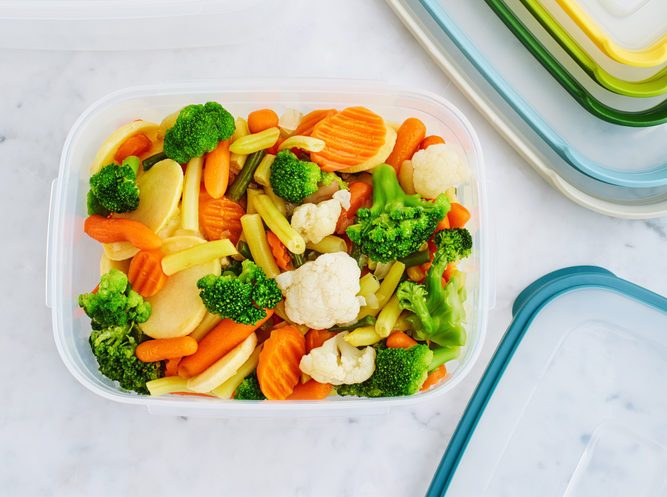
Storing hot veggies in the fridge
If you cooked an abundance of vegetables and want to store leftovers for lunch tomorrow, wait until the veggies cool before placing them in plastic containers in the refrigerator, Portnoy says. Hot food can actually become contaminated in the fridge, so wait for it to drop to room temperature first. That said, don’t let it sit at room temperature for more than two hours or contamination can kick in.
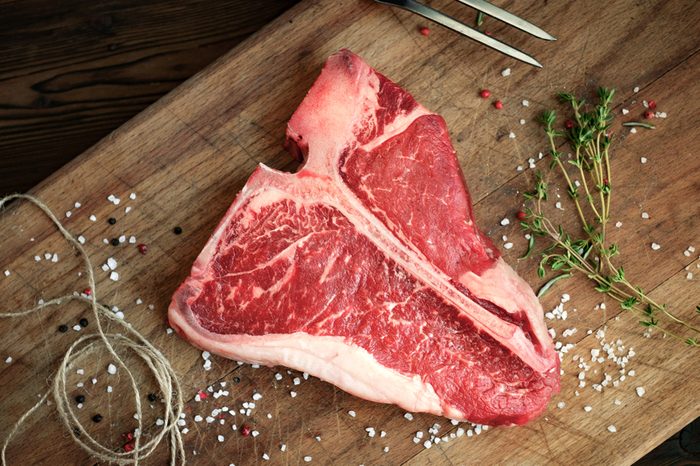
Cutting produce and meat on the same surface
Raw meats can contain harmful bacteria like salmonella and E. coli, which can easily contaminate other, ready-to-eat foods. Chopping up fruits and veggies on the same cutting board as chicken and beef is an excellent way to give yourself food poisoning, Portnoy says. Use separate cutting boards for meat and produce, wash all cutting boards thoroughly with soap, and toss a cutting board when it has too many cuts and crevices that could trap live bacteria, she says.
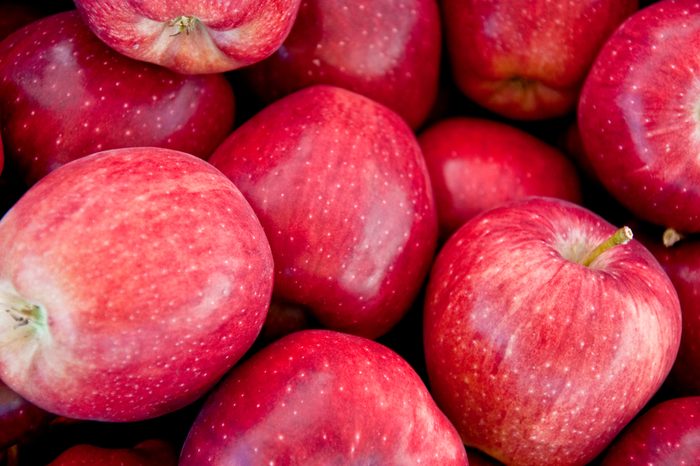
Passing up fruits and veggies with spots
Speckles or spots on produce doesn’t necessarily mean it’s rotten or even bruised, Taub-Dix says. These blemishes are usually just cosmetic, and the fruits and veggies are perfectly safe to eat. Imperfect and “ugly” produce is just as nutritious as cosmetically perfect produce and can often be nabbed at a discount.
(Find out what happens to your body when you don’t eat enough fruits and vegetables.)
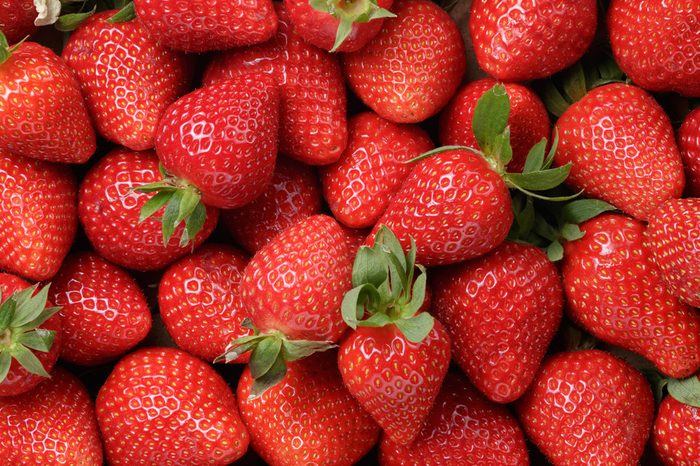
Never—or only—buying organic
“When it comes to fruits and vegetables, it can be worth it to buy organic, but it isn’t always necessary, depending on the food,” Portnoy says. Each year, the nonprofit Environmental Working Group (EWG) releases the Shopper’s Guide to Pesticides in Produce so customers can figure out where to spend extra for organic and which fruits and veggies are safe to buy conventionally grown. The EWG divides produce into two categories: The Dirty Dozen, which are 12 foods that are high in pesticides and should be purchased organic. Then there’s the Clean Fifteen, 15 foods with relatively minor traces of pesticides.
Next, learn which frozen foods nutritionists actually buy.
